[No.085] Eri Azuma Record
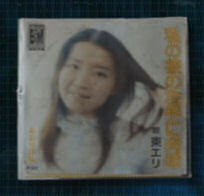
A record containing "Kare no Hidari Te ni Nikukyuu", a song that was a huge hit in 1976. The singer, Eri Azuma, died after being hit by a truck on the way to the year-end song festival; besides becoming known as the "tragic singer", there were also apparently multiple rumours circulating about her untimely death concerning the occult. You can actually see on the cover of archive [No.067] Weekly Kastori, "Scoop! Hear the grudge of Eri Azuma! The cursed record". Also, the plan was to have the needle skip and change the lyrics to have another, creepy meaning, but "near the end of development everything got so chaotic that I completely forgot the idea altogether" (Mr. Toyama). Incidentally, the woman on the cover, that really is in the style of a 70s idol, is Ms. Azuma, who was in charge of sound direction and sound effects for the game. Naturally, this is also where the name "Eri Azuma" came from.
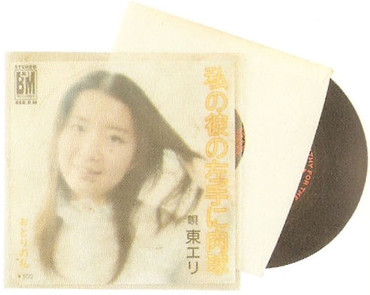

[No.086] Aerial Photo of Hanuda
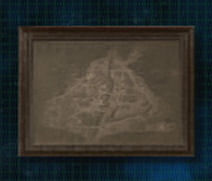
An birds-eye view of Hanuda Village, taken in 1975. As you can see by looking it over, Hanuda is surrounded by mountains on three sides to form a triangle shape. Depending on one's point of view it may bring to mind the Bermuda Triangle (Hanuda Triangle), where boats and planes vanish one after another, but Siren is actually focused completely on the number three. When considering how often the number three appears in the game, one could give countless examples, such as the game being set in Misumi ("three-corner") County, "Route 333", the comet that was set to be observed by the Stargazers' Circle appearing once every 333 years, and so on. According to Ms. Sato, who was in charge of the game's background, "We weren't sure what number to use, so basically made everything three (laughs)." If you think about it, the number "three" is before "four" (shi/death), never to arrive there. Perhaps it is a number befitting of Hanuda, an immortal village cursed by Datatsushi never to die...

[No.087] Brain Revival Game
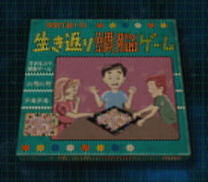
A mini-game based on Last Brain Standing, a family game that was popular in the 70s. Perhaps it is a combination of the suspense of "who will survive until the end!?" and the "Shibito brain"...
Note: the name is based on a pun. The mini-game is called Ikikaeri Zuno Game, and the real-life game is called Ikinokori Zuno Game. I gave it an English name to make it fit, but the pun only comes through in Japanese.

[No.088] Makino's Father's Final Note

Reiji Makino, Guiding Priest who oversaw the ritual of 1976 that ended in failure. The tale of his anguish, shouldering the reverence and expectations of the villagers and eventually destroying the village in a landslide, is told in detail in chapter 3 of the side story, "Strange Tales of Hanuda". Taking in Takaaki Yoshimura to the Makino household after finding him amidst the chaos of the landslide and naming him Kei Makino, Reiji watched over his growth until taking his own life on 3 June 1988. "I dedicated my life to the eternal truth, but was incapable of doing a single thing. I leave the rest to you, Kei..." What kind of thoughts were going through Reiji's head in his final moments?
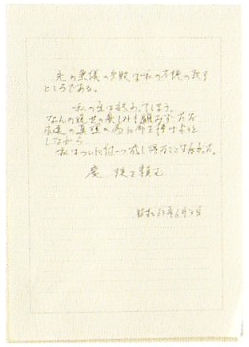

[No.089] Photo of Twins

In 1976 the Yoshimuras, Toshio and Ikuko, were living in Yabe Settlement, Harayadori. While evacuating with their twin brothers, Takaaki and Katsuaki, in their car, they became caught up in some kind of bizarre incident and suddenly appeared before Reiji Makino and Ryoko Miyata. From then on, Takaaki and Katsuaki were each taken in and raised by the Makino and Miyata families. Looking at this photo of the brothers, smiling innocently while still the Yoshimuras' children, it is impossible to imagine the contrasting fates of the two who are later to become Makino and Miyata.

[No.090] Letter to Tamon Takeuchi

Conducting his own investigation into Hanuda Village's mysteries, Tamon appears to have noticed the possibility that there may have been some kind of "secret Manaist ritual" behind the 1976 landslide. However, the response from Hanuda Town Hall, to whom he enquires about the secret ritual 27 years ago, is exceptionally terse. This is the dark side of Hanuda, toughly managed by the Kajiros and Hisako Yao. Did Hanuda's authorities actually participate in this control, or did they have no idea whatsoever...? There is no way of knowing that currently.

[No.091] Missing Girl Poster
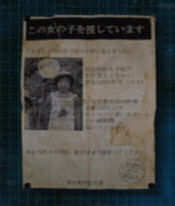
The protagonist of chapter 1 of "Strange Tales", Namiko Yoshikawa. This is a poster put out by the police while searching the girl, who went missing in the summer of 1976 while on her way to Gojaku Peak. From the stamp on the poster reading "posting period: 17/7 ~ 1/10", you can see that the Hanuda Mine portion of the area is in the world of 1976.
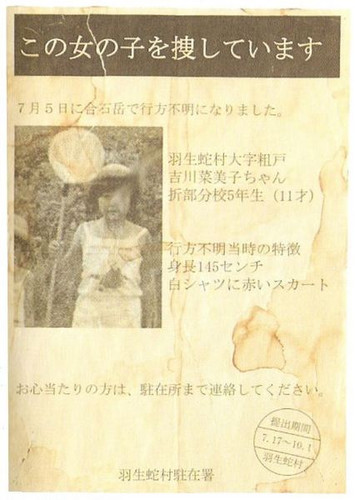

English Translation by Chelsea

